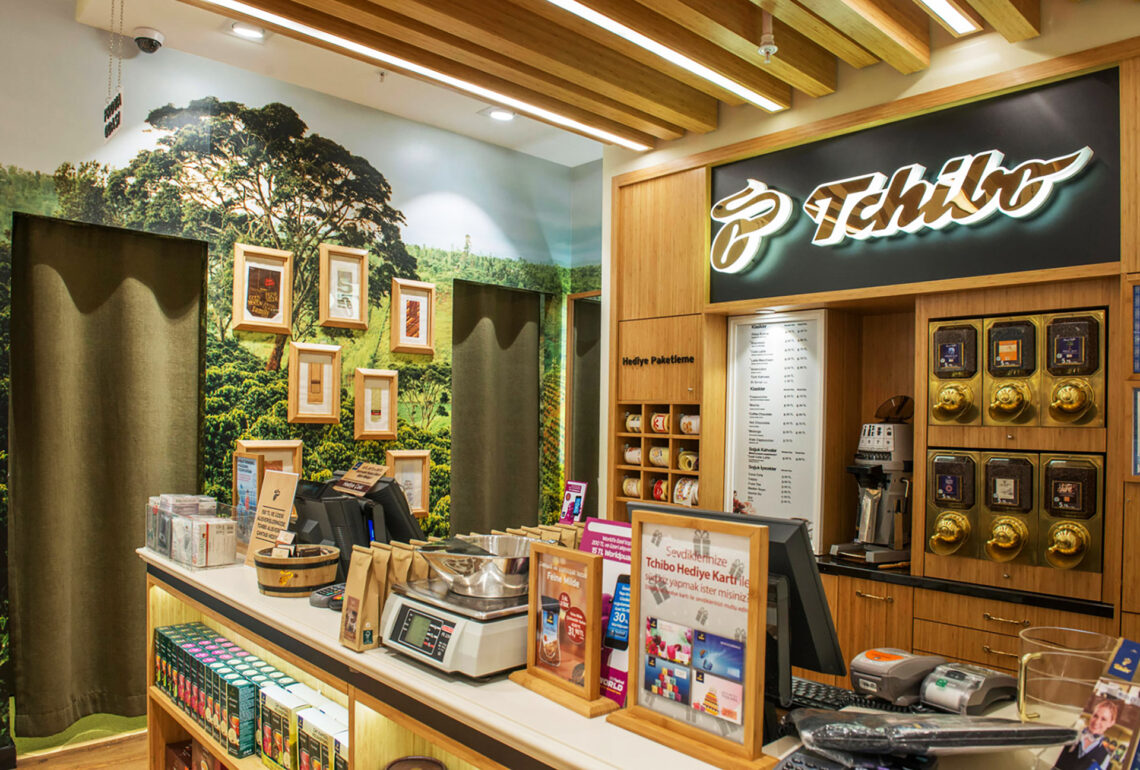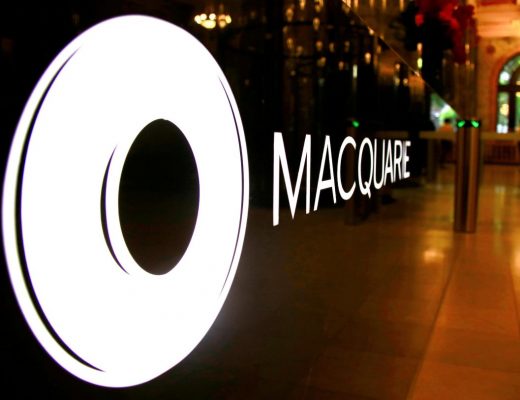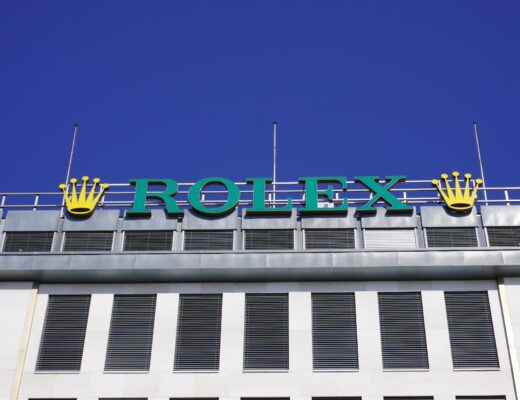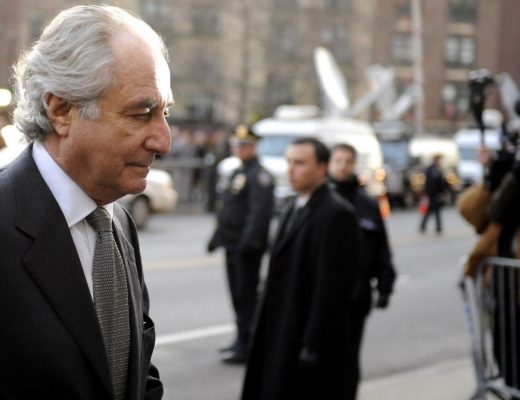How Tchibo built its empire in times of crisis
The German company Tchibo is best known for its instant coffee, although its product range is quite diverse. The company produces clothing, household appliances and other goods. It also has interests in tourism and insurance and owns a network of coffee shops.
The brand’s story began in 1949 when two businessmen, Max Herz and Carl Tchilinghiryan, decided to set up a company to supply coffee beans. Herz already had experience in the business, as his father owned a company that traded in raw coffee.
Start of the Tchibo business
The post-war years were extremely difficult for Germany, especially for business. The situation improved in 1947 when coffee was allowed into the country. However, it remained an expensive product for a long time. The high price of the beans benefited Herz, who had inherited the trading licences from his father. However, Max did not have enough capital to organise a relatively large business. He also needed premises to store the coffee. He turned to a friend, Carl Tchilinghiryan, who traded in various products and had the necessary resources.
The Tchibo company was founded in 1949. The name is an abbreviation of part of Tchilinghiryan’s surname and the German word for bean.
The sale of raw grain was very active. However, to increase profits, the partners decided to roast and package the coffee themselves. This idea worked well, and in 1950, they founded the Tchibo roasting plant.
As the business developed, managers faced a problem: they needed to build new retail logistics. While wholesale deliveries used the port of Hamburg, retailers had to rely on the railways to transport goods across the country. It was tough to organise such a mechanism in a devastated Germany.
Then, the businessmen came up with another unique option in the market. The company offered a subscription for the goods and sent a certain amount of coffee by post. These shipments would take place at regular intervals agreed with the customer. In addition, the company offers a range of blends. The most popular was mocha.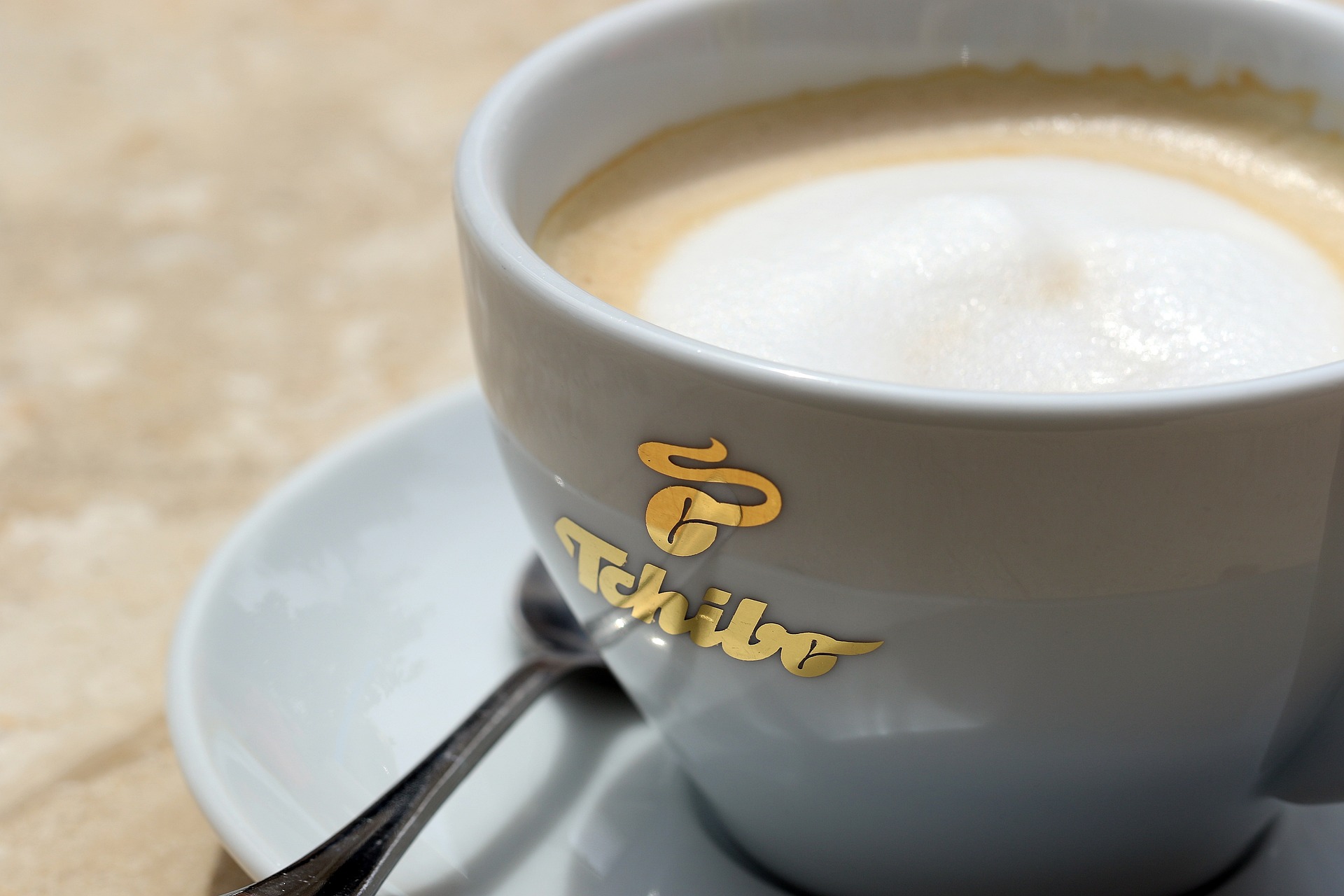
A unique approach to promotion
Tchibo initially built its business with a maximum customer focus. It paid attention to detail, thereby increasing customer loyalty. Tchibo’s marketing approaches included the following:
– each customer could choose their own coffee packaging – bag or tin;
– in 1949, the company sent its customers a limited edition coffee blend in boxes for the Christmas holidays. The promotion continued for several years;
– gifts in coffee packaging, such as towels or handkerchiefs.
Tchibo has also had its own magazine since 1952. It introduces customers to its product range and contains useful articles with recipes and tips for women.
Since then, the company has grown rapidly by expanding its product range and acquiring other companies. These include Beiersdorf and its Nivea brand. The company has been a manufacturer of its own appliances – coffee machines – since the 1980s and clothing since the 2000s.
